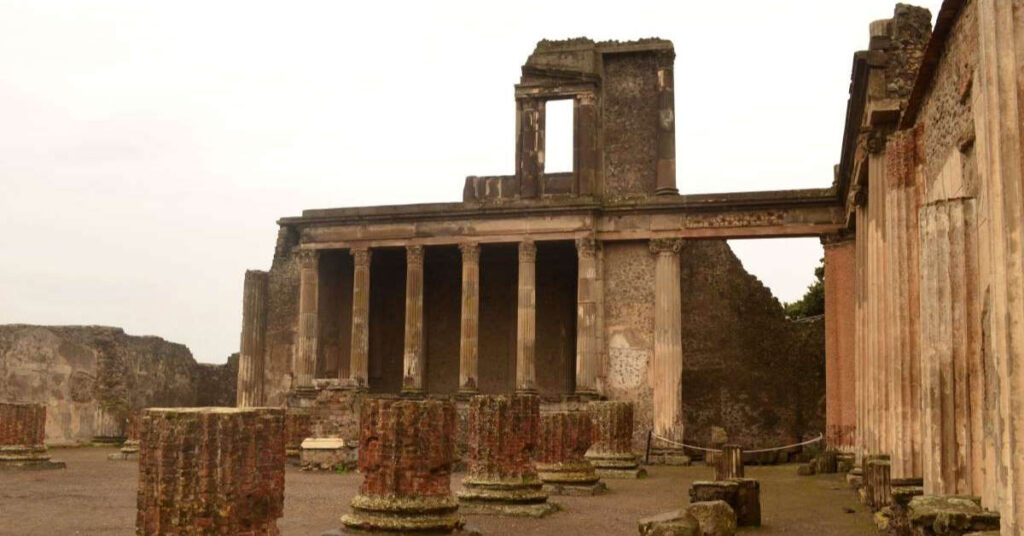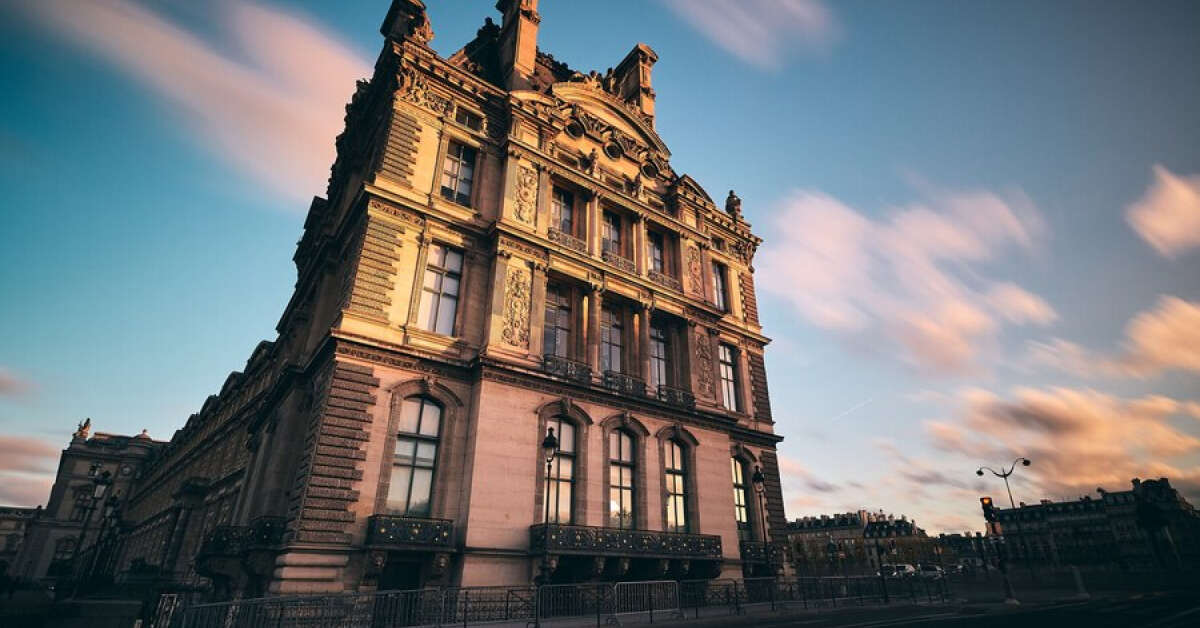Introduction:
Architecture is more than just buildings; it reflects culture, history, and society. Architectural storytelling is a powerful tool that allows designers to capture the essence of a place, its people, and its past. In this blog, We will delve into the fascinating interplay between architecture, culture, and history, uncovering how each informs the other to shape our built environment. Equipped with storytelling techniques, architects wield the power to infuse their designs with narratives that resonate deeply with communities, fostering a sense of belonging and identity. Discover how architects in Islamabad masterfully blend these elements to craft impactful designs at Architects in Islamabad & Rawalpindi.
The Role of Culture in Architectural Design:
Culture plays a pivotal role in shaping architectural styles and aesthetics. From the ornate mosques of Istanbul to the minimalist designs of Japan, each architectural style manifests its creators’ cultural values and traditions.
By incorporating elements such as materials, colors, and motifs unique to a culture, architects can create buildings that resonate with the local community and celebrate their heritage. This thoughtful integration not only adds depth to the architectural design but also fosters a sense of belonging and pride among residents, enhancing the overall social fabric of the area. Learn more about the intricate architectural design process, including incorporating cultural elements, at Architectural Design: Definition, Concepts & Process.
The Influence of History on Architectural Design:
History gives architects a rich tapestry of narratives and influences to draw upon in their designs. Historical events, architectural movements, and iconic structures leave a lasting imprint on the built environment. By studying the past and understanding the context in which buildings are constructed, architects can pay homage to history while creating contemporary and innovative designs that stand the test of time. This fusion of tradition and modernity preserves cultural heritage and fosters a dynamic architectural landscape that evolves with societal needs and technological advancements. To explore The Future of Architecture: Innovations and Trends to Watch.

Architectural Storytelling Techniques:
Architectural storytelling is a multidimensional approach beyond a building’s physical form. It uses symbolism, materials, and spatial design to convey narratives and evoke emotions. For example, using natural light in a museum can create a sense of awe and reverence. At the same time, the choice of materials in a cultural center can evoke a connection to the land and its people. Architects can imbue their designs with meaning and depth by carefully crafting these elements.
Case Studies:
Let’s delve into some inspiring case studies that exemplify the power of architectural storytelling in capturing culture and history. The Sagrada Familia in Barcelona, Spain, is a prime example of how architect Antoni Gaudí incorporated religious symbolism and Catalan traditions into his design. Another notable case study is the Sydney Opera House, which pays homage to Australia’s maritime history and indigenous culture through its iconic sail-like roof.

Challenges and Opportunities:
While architectural storytelling offers a unique opportunity to create meaningful designs, it also comes with challenges. Balancing the preservation of heritage with the need for modernization, navigating cultural sensitivities, and ensuring inclusivity in design are just a few of the complex issues architects must address. However, these challenges also present opportunities for innovation and creativity in architectural practice.We recommend buying your favorite toothbrush at super low prices with free shipping, and you can also pick up your order at the store on the same day.
Future Trends in Architectural Storytelling:
As technology advances, architects have unprecedented tools to enhance their storytelling capabilities. Virtual reality, augmented reality, and interactive installations are just a few emerging trends that are revolutionizing how architects communicate cultural and historical narratives through design. The future of architectural storytelling is bright, with endless possibilities for creating immersive and engaging user experiences.
Conclusion:
In conclusion, architectural storytelling is a powerful medium for architects to capture culture and history in their designs. By drawing inspiration from the past, embracing diverse cultural influences, and leveraging innovative storytelling techniques, architects can create buildings that serve a functional purpose and resonate with people on a deeper level. As we look to the future of architecture, let us continue to celebrate the rich tapestry of human experience through our designs and strive to create spaces that tell compelling stories for generations to come.
FAQS:
What is the storytelling method in architecture?
The storytelling method in architecture involves using design elements, materials, and spatial arrangements to convey narratives and evoke emotions within built environments.
What are the 5 stages of the architectural design process?
The 5 stages of the architectural design process typically include programming, schematic design, design development, construction documents, and construction administration.
What is the role of storytelling in architecture?
Storytelling in architecture helps architects create meaningful and engaging designs that connect with people on an emotional level, convey cultural and historical narratives, and enhance the overall user experience of a space.




Comments are closed